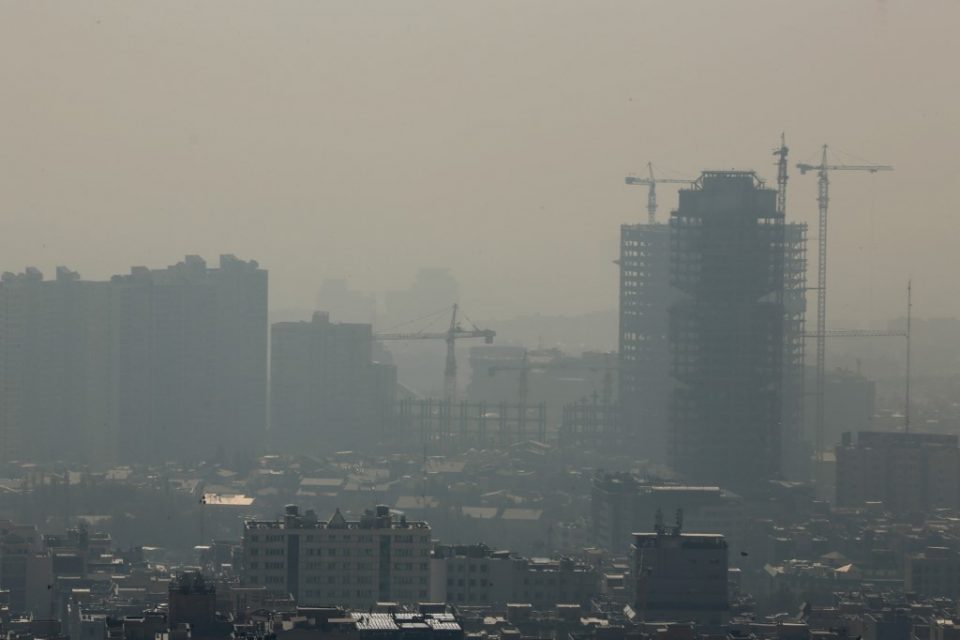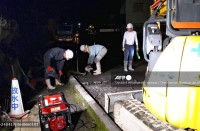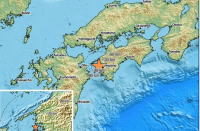
TEHRAN, Iran (AFP) — Schools in Tehran were ordered to be closed on Wednesday after the Iranian capital was cloaked in dangerously high levels of air pollution, authorities said.
Governor Anoushiravan Mohseni-Bandpey said kindergartens, preschools, and primary schools would be shut in the city and the counties of Gharchak, Pishva and Varamin.
“The air quality index for the city of Tehran still has not passed the unhealthy status for sensitive groups,” he was quoted as saying by state news agency IRNA.
Average concentrations of hazardous airborne particles hit 133 micrograms per cubic meter in the city and were as high as 150 for 10 districts, he said.
That is far above the World Health Organization’s recommended maximum of 25 micrograms per cubic meter on average over a 24-hour period.
Warnings were issued for children, pregnant women, the elderly and people suffering from cardiovascular or respiratory diseases to stay indoors.
Many people were seen wearing face masks to avoid fumes as they waited for buses on the sides of traffic-choked streets of southern Tehran during morning rush-hour.
A layer of thick smog covered Tehran on Tuesday, but it appeared to dissipate in northern areas on Wednesday morning with fewer school buses on the roads.
Air pollution was the cause of nearly 30,000 deaths per year in Iranian cities, IRNA reported earlier this year, citing a health ministry official.
Each winter, Iran’s sprawling capital suffers some of the worst pollutions in the world through thermal inversion — a phenomenon that traps hazardous air over the city.
According to a World Bank report last year, most of the pollution in the city of eight million inhabitants is caused by heavy-duty vehicles, motorbikes, refineries and power plants.
© Agence France-Presse







